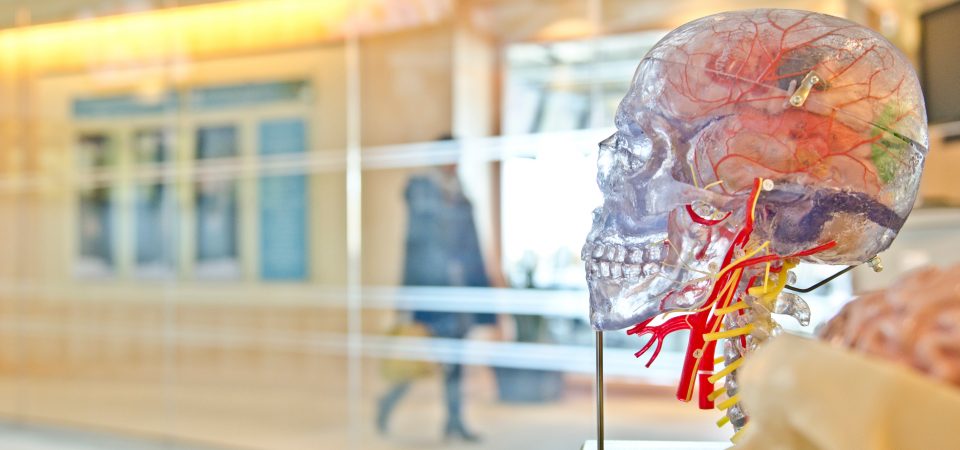A stroke is a medical emergency. Strokes happen when blood flow to your brain stops. Within minutes, brain cells begin to die. There are two kinds of stroke. The more common kind, called ischemic stroke, is caused by a blood clot that blocks or plugs a blood vessel in the brain. The other kind, called hemorrhagic stroke, is caused by a blood vessel that breaks and bleeds into the brain. “Mini-strokes” or transient ischemic attacks (TIAs), occur when the blood supply to the brain is briefly interrupted.
Symptoms of stroke are
•Sudden numbness or weakness of the face, arm or leg (especially on one side of the body)
•Sudden confusion, trouble speaking or understanding speech
•Sudden trouble seeing in one or both eyes
•Sudden trouble walking, dizziness, loss of balance or coordination
•Sudden severe headache with no known cause
If you have any of these symptoms, you must get to a hospital quickly to begin treatment. Acute stroke therapies try to stop a stroke while it is happening by quickly dissolving the blood clot or by stopping the bleeding. Post-stroke rehabilitation helps individuals overcome disabilities that result from stroke damage.
After stroke, various rehabilitative techniques help people regain function and lifestyle as much as possible. Your MD may offer blood thinners or other pharmaceutical interventions to help decrease the probability of further strokes from happening. Your physical therapist may offer specific rehabilitative exercises to assist you with regaining proper function of your arms and legs.
A recent technological breakthrough offers patients who suffered from stroke vast lifestyle improvements. Without the KeegoTM device, post-stroke patients had a difficult time moving their legs, had to stop when taking stairs from exhaustion, had a difficult time picking up objects from the floor, exerted strenuous effort, when getting up from a chair to walk down the hall. These same patients wearing a KeegoTM device were able to achieve much more fluid movement patterns during several clinical trials. These same patients were able to move quicker from one location to another, were able to promptly walk up or down the stairs, picked up objects from the floor with little effort, and were able to easily sit down, and get up from the seat without propping themselves up with their hands.


Leave a Comment